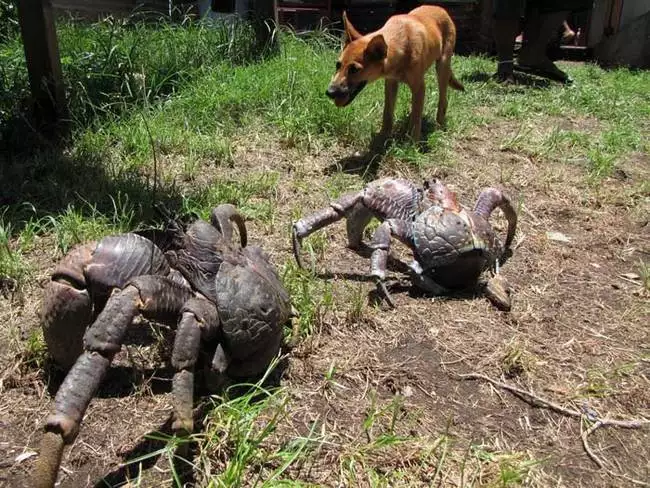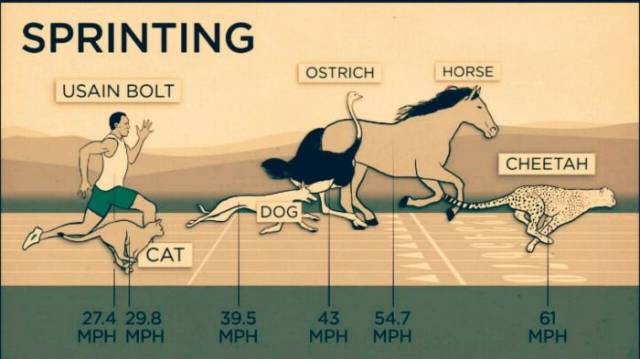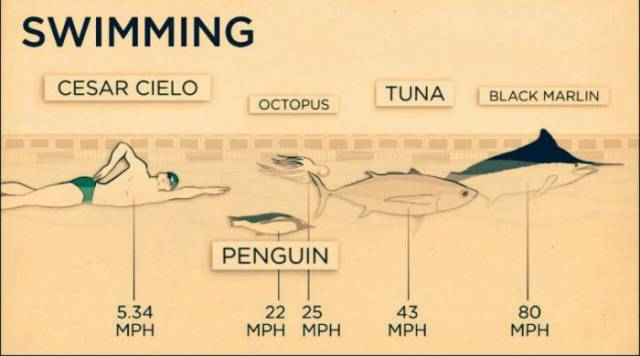The Coconut Crab is like something from your nightmares!
IT’S HARD TO go wrong with a hermit crab as your child’s first pet. They’re low maintenance and kinda cute in their own way, plus they’re hypoallergenic, as PetSmart feels the need to point out. But use care when choosing your crab. Whatever you do, don’t pick up Birgus latro, which can grow to a leg span of 3 feet, climb out of your terrarium, and assault the family cat.
Birgus latro is more commonly known as the coconut crab, and it’s the largest terrestrial arthropod in the world (the largest overall being the Japanese spider crab — but that’s a story for another week). Also known as the robber crab due to its curious propensity for stealing silverware and pots and pans, it’s the 9-pound hermit crab PetSmart wouldn’t dare carry, no matter how conveniently hypoallergenic it is.
The coconut crab is endemic to a variety of islands in the Pacific and Indian oceans, though its populations are extremely threatened on some of these thanks to, you guessed it, human tomfoolery. It grows remarkably slowly, taking perhaps 120 years to reach full size, said ecologist Michelle Drew of the Max Planck Institute.
As an arthropod, the coconut crab wears its skeleton on the outside and must shed it as it grows, so once a year it crawls into the safety of a burrow and molts. It’s highly vulnerable once it steps out of this rigid shell, so to hasten the development of new armor it … consumes its old exoskeleton.
It is, in effect, recycling the materials, which are in short supply in its terrestrial environment. Coconut crabs that “are disturbed before they have consumed the entire shell often have soft exoskeletons until they have time to reaccumulate the necessary calcium and other minerals,” Drew said in an email to WIRED.
The crab can grow and molt every year like this for more a century, expanding and expanding like a dying star with claws until it threatens to infringe on the very laws of physics.
“In a water environment you get support from the water that allows you to move with a much heavier shell,” said Drew. “But on land, gravity will play a huge role on how you can move and how heavy you can get. [Coconut crabs] are probably at the limits of what is sustainable given gravity, the weight of the shell, and resources available to them in terms of food and water.”
Feeding this incredible growth is no small task, so the coconut crab eats anything it can get its claws on. It’ll go after fruit, vegetation, and carrion: dead birds and other coconut crabs and such. It has been observed hunting other crabs, and Drew has records of them ambushing young chickens as well as — don’t hate me for this — kittens, like a far less cuddly Alf of the tropics.








